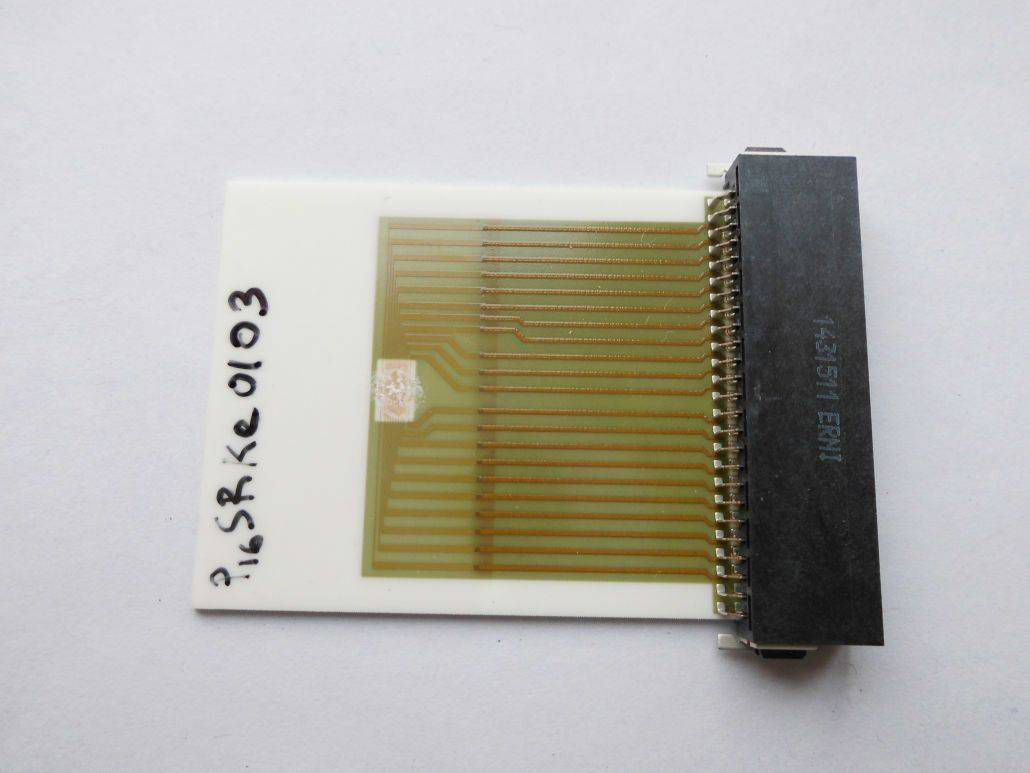What‘s That Smell? – Electronic Nose Recognizes a Variety of Scents
Freshly ground coffee, popcorn, bio waste or smoke – in the course of life, we get to know different scents and thanks to our nose, we distinguish and identify them even without seeing their source. Within the smelldect project, scientists of Karlsruhe Institute of Technology (KIT) have now developed a sensor that can be taught different scents. The “electronic nose” is to be suited for everyday use and to smell potential hazards, such as smoldering cables or spoilt food, earlier than a human being.
The human nose consists of about ten million olfactory cells with about 400 different olfactory receptors. These receptors perceive the scents and generate a specific signal pattern. The brain allocates the signal pattern to a certain smell. “We use the biological nose as a model,” says Dr. Martin Sommer, who coordinates the smelldect project at KIT’s Institute of Microstructure Technology. “In our electronic nose, nanofibers react to complex gas mixtures – i.e. scents – and also generate signal patterns, on the basis of which the sensor identifies the scents.” The objective of smelldect is to develop a low-cost olfactory sensor suited for mass production and everyday use.
Full Text: Press Release 050/2018
swi, 26.04.2018


